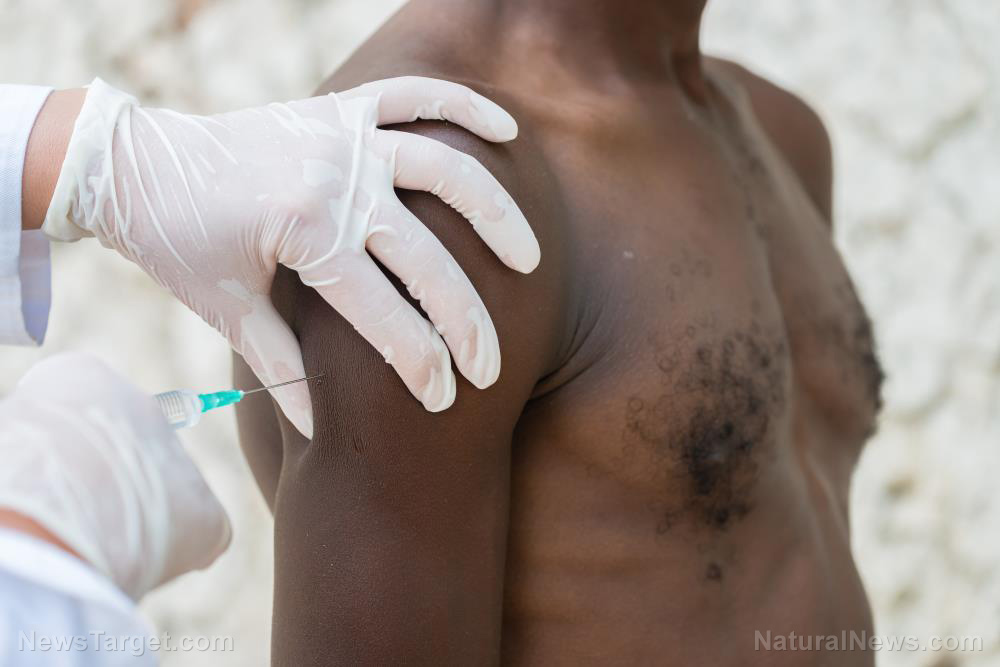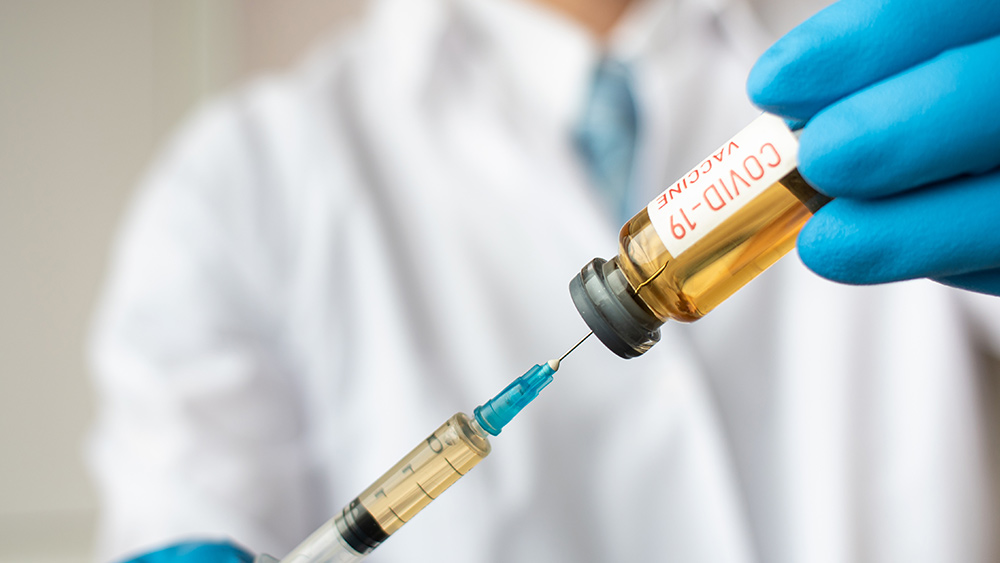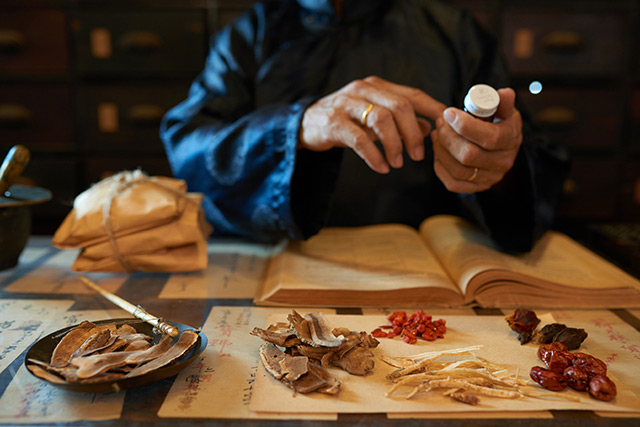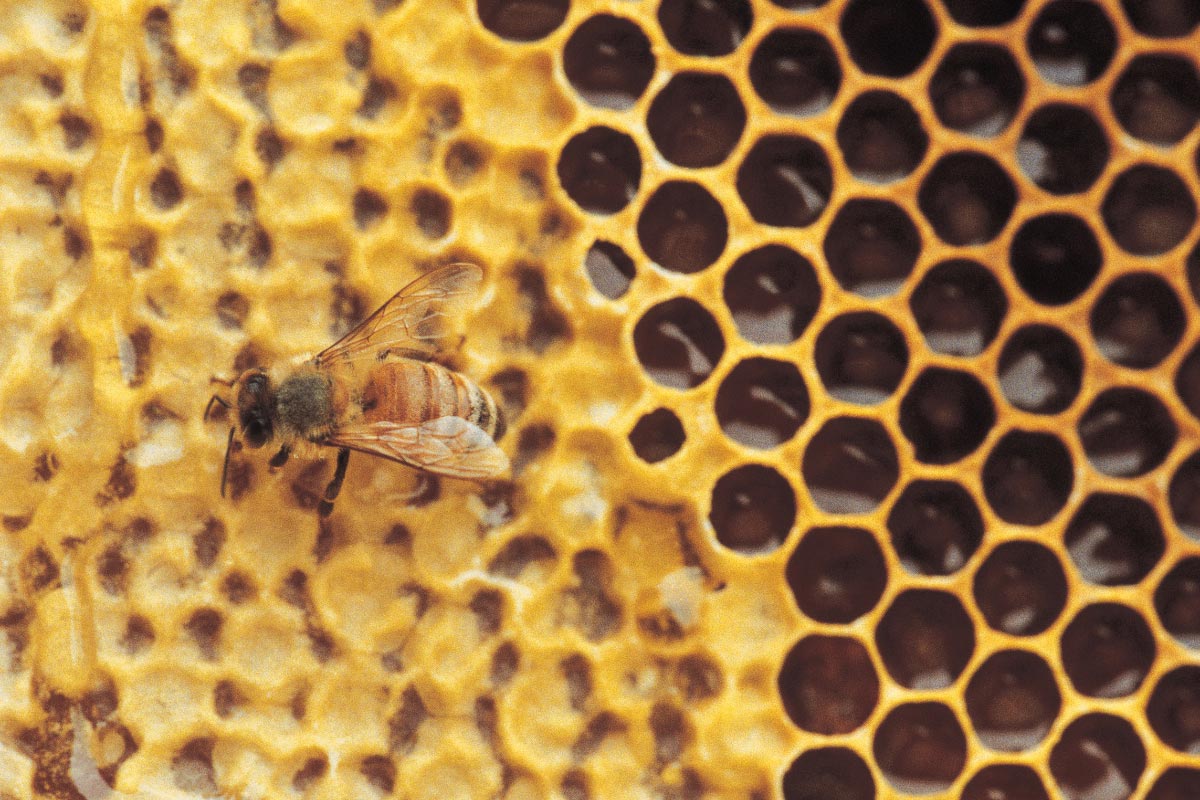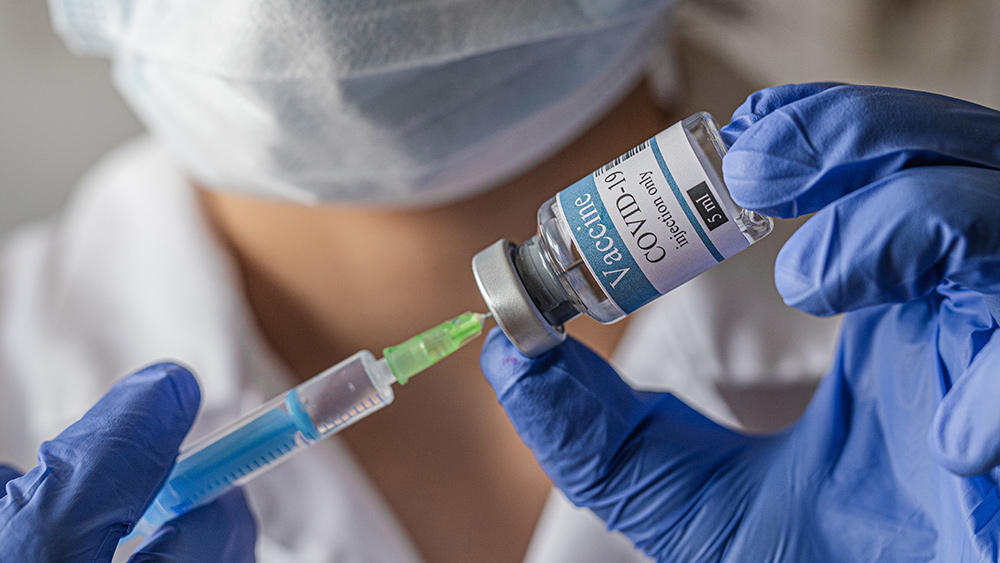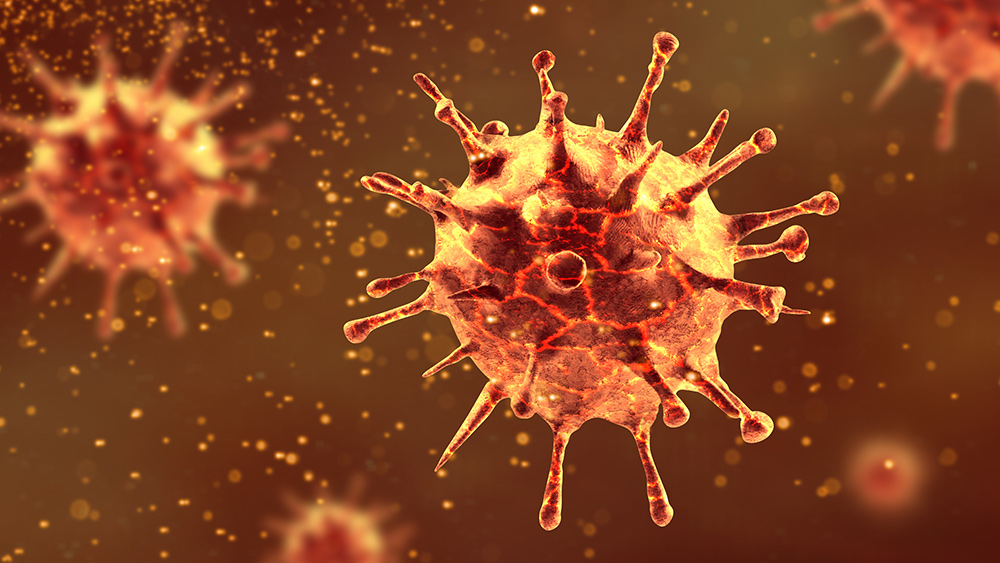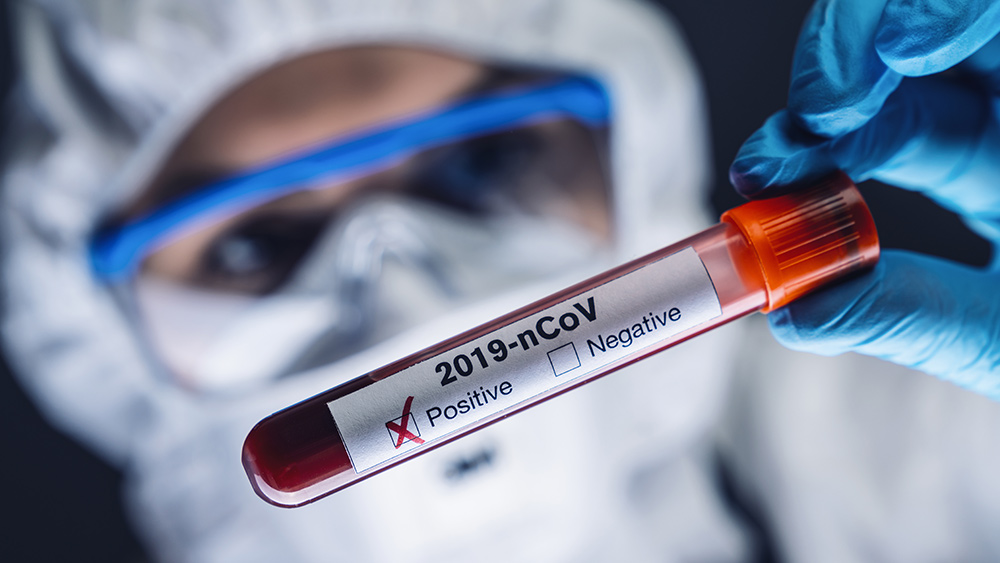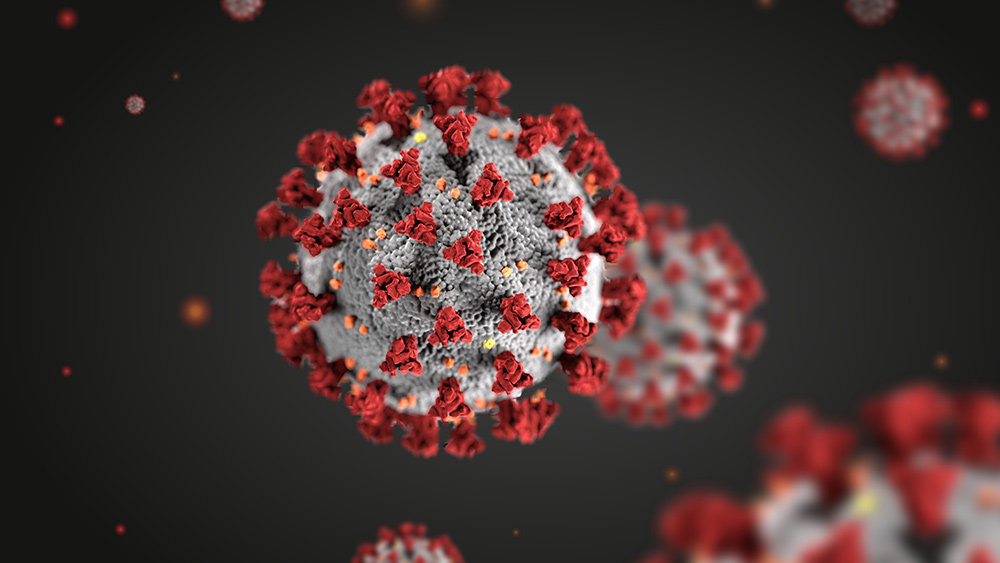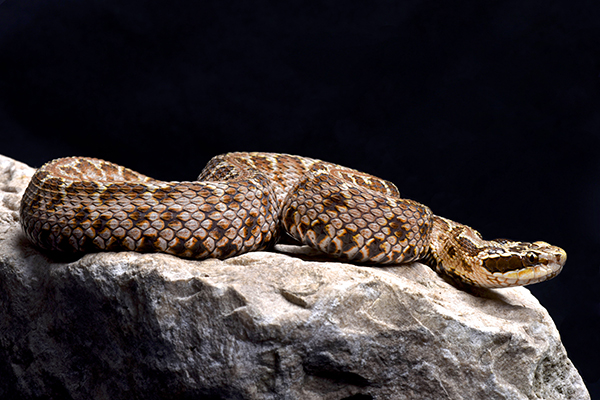The leaves of dyer’s mulberry can protect against staph infections
07/16/2020 / By Evangelyn Rodriguez
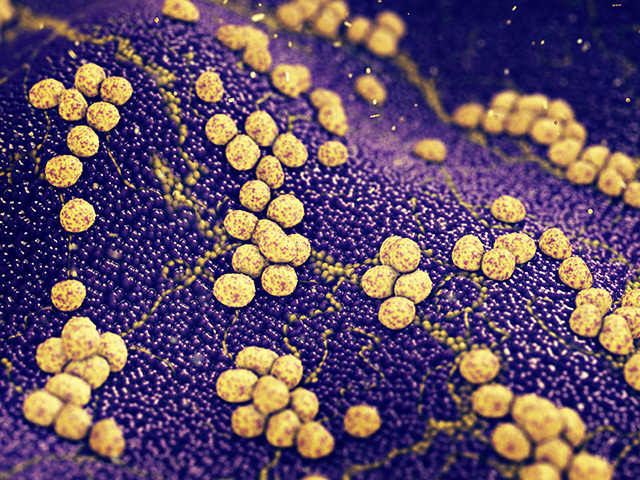
The Atlantic Forest is home to some 20,000 plant species, which, according to scientists, are excellent sources of useful natural products. However, the biological activities of these plant products have mostly been unexplored.
The tree called dyer’s mulberry (Maclura tinctoria) is one of the many understudied species that grow in the Atlantic Forest. It is well-known for producing fustic, the yellow dye used to color khaki fabric for U.S. military uniforms during World War I.
The wood of dyer’s mulberry is hard, sturdy and durable; hence it is often used in certain parts of South America to make cart wheels and furniture. The bark of dyer’s mulberry is used in folk medicine for its astringent, tonic, anthelmintic and purgative properties.
In a recent study, Brazilian researchers investigated the antimicrobial activities of 90 extracts derived from native Atlantic Forest trees. Among these, they singled out the extract obtained from the leaves of dyer’s mulberry because of its strong antibacterial activity against Staphylococcus aureus even at low concentrations.
The researchers reported the results of their phytochemical and antimicrobial screening in an article published in the journal BMC Complementary and Alternative Medicine.
Dyer’s mulberry leaves contain natural antistaphylococcal agents
For their experiment, the researchers first obtained extracts from trees native to the Atlantic Forest. They then tested these extracts against a common human and veterinary pathogen, Staphylococcus aureus.
A total of 26 extracts showed biological activity, but only eight species had minimum inhibitory concentrations (MIC) below 1 mg/mL. Of these eight species, three were found to have antibacterial activity for the first time.
The organic extract derived from the leaves of dyer’s mulberry had the lowest MIC (0.08 mg/mL), so the researchers decided to fractionate the extract using liquid-liquid partitioning. They analyzed its most active fraction — designated as 11FO d — to identify its active components.
They also used atomic force microscopy (AFM) to evaluate 11FO d’s effect on bacterial cells and crystal violet uptake assay to determine changes in bacterial cell membrane permeability.
To test the fraction’s antimicrobial activity in vivo, they treated S. aureus-infected larvae of the greater wax moth (Galleria mellonella) with 11FO d and collected survival data.
The researchers reported that at an MIC of 0.04 mg/mL, 11FO d showed potent antibacterial activity against veterinary S. aureus isolates. The active fraction also increased the survival of S. aureus-infected moth larvae without altering the surface of the bacteria or causing cell membrane damage.
Meanwhile, phytochemical analysis of 11FO d revealed that the major components responsible for its antibacterial activity were prenylated flavonoids.
Based on these findings, the researchers concluded that dyer’s mulberry leaves are an excellent source of antibacterial flavonoids that can be used as natural anti-staphylococcal agents.
Natural remedies for staph skin infections
S. aureus is one of the most common bacterial pathogens that cause skin infections. Lately, however, more and more people are beginning to struggle with difficult-to-treat infections caused by an S. aureus strain that’s highly resistant to modern antibacterial agents. The emergence of this type of pathogen has driven patients and researchers to seek new and alternative treatments. Today, the most commonly used alternative remedies for microbial infections are botanical products.
Here are some examples of plant-based medicines that can help you get rid of antibiotic-resistant staph infections:
- Cannabidiol (CBD) oil — A non-intoxicating extract derived from cannabis, CBD oil is not only effective against the superbug, methicillin-resistant Staphylococcus aureus (MRSA), it can also help prevent bacterial infections.
- Common wireweed — Scientifically known as Sida acuta, this flowering plant may be an invasive weed, but it is useful for treating infections caused by staph, Pseudomonas aeruginosa and Bacillus subtilis.
- Essential oils — Some of the best essential oils for skin infections include eucalyptus, thyme, sage, tea tree, oregano and eucalyptus. You can combine these oils for better benefits, but be sure to dilute them with a carrier oil first before applying.
- Nibima — A medicinal plant native to Africa, nibima belongs to the genus Cryptolepis and is well-known for its anti-malarial properties. Nibima has also shown antimicrobial activity against S. aureus, P. aeruginosa and the typhoid-causing Salmonella typhi.
- Raw honey — A widely used natural remedy since ancient times, honey contains chemicals that can easily suppress the growth of bacteria and even accelerate wound healing.
Science has come a long way in terms of identifying natural antibiotics. Many studies can also confirm that besides being just as effective as conventional medicines, natural products derived from plants like dyer’s mulberry are much safer and more tolerable to use. To make the most of natural remedies, seek advice from a natural health practitioner before using. You can also check GrowYourMedicine.com to find out which medicinal plants you can easily grow in your garden.
Sources include:
Tagged Under: alternative medicine, antibacterial, dyer's mulberry, flavonoids, natural antibiotics, natural cures, natural medicine, phytonutrients, plant medicine, prevention, remedies, research, staph infections


